Specifically, the State Bank has announced some information about the Draft Law amending and supplementing a number of articles of the Law on Credit Institutions (CIs). According to the State Bank, in the context of the increasing trend of bad debt ratio, it is putting pressure on the banking sector, especially in the current context when 2025 is identified as the year of acceleration and breakthrough to reach the finish line of the entire term 2021 - 2025 and the Government has set a target of achieving a growth rate of at least 8%, aiming for double-digit growth.
The main reason for the increase in bad debt is that the global economy still has many risks and challenges; the domestic economy still faces many difficulties, is affected by the unpredictable impact of the world situation and the complicated developments of natural disasters. In addition, the recovery of the stock market, bonds, and real estate market is still slow.
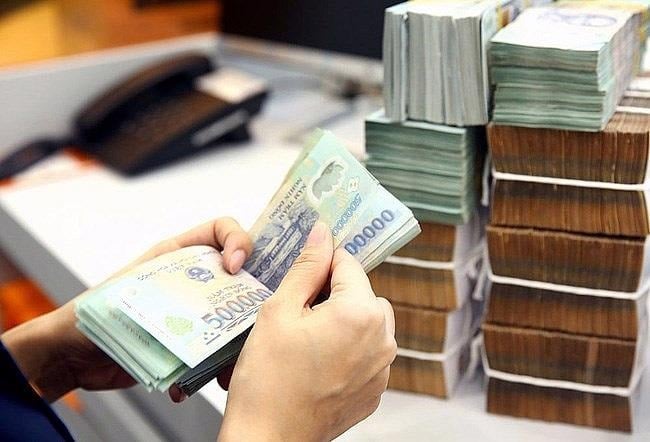
In addition, the debt trading market has not developed as expected; some contents of Resolution No. 42/2017/QH14 have not been legalized, affecting the debt handling and recovery of some credit institutions and debt trading and handling organizations, while the management capacity of some credit institutions is still inadequate compared to their scale, growth rate and risk level.
Therefore, the State Bank said that continuing to legalize the provisions in Resolution No. 42/2017/QH14 aims to create a synchronous legal framework for bad debt handling, ensuring compliance with reality to handle the obstacles and difficulties that have been preventing credit institutions, foreign bank branches, debt trading and handling organizations from exercising their legal rights in handling bad debts and collateral of bad debts, indirectly affecting the ability to rotate capital as well as access credit at reasonable costs of people and businesses.
At the same time, policy development must ensure a balance between the legitimate rights of credit institutions, debt trading and settlement organizations and the legitimate rights of the party securing the assets, avoiding creating an asymmetry between the lender and the borrower.
In addition, another notable content in the draft is the proposal to amend and supplement the authority to decide on special loans. The amendment and supplement to the authority to decide on special loans of the State Bank in the direction of transferring the decision-making authority from the Prime Minister (for cases of special loans with an interest rate of 0%/year, special loans without collateral) to the State Bank aims to thoroughly decentralize and delegate authority to the State Bank in deciding on special loans; strengthen the role and enhance the responsibility of Government members.
This is to implement and meet the requirements of Resolution No. 27-NQ/TW dated November 9, 2022 of the Party Central Committee on continuing to build and perfect the socialist rule-of-law state of Vietnam in the new period. At the same time, this regulation helps reduce intermediary steps in the implementation process; thereby, contributing to shortening the processing time to ensure timely implementation, security and safety of the credit institution system, the State Bank commented.
According to research, as of March 31, 2025, the average bad debt ratio of 27 listed banks reached 2.16%, of which many banks witnessed a significant increase in bad debt ratio compared to the beginning of the year. In the latest report, analysts from SSI Securities said that in the first quarter of 2025, the bad debt formation rate of banks in the research scope increased to 2.46% (compared to 0.55% in the fourth quarter of 2024) and nearly reached the peak of 2.58% in the first quarter of 2023. At the same time, overdue loans increased by 11.6% compared to the previous quarter, coming from both Group 2 debt (up 2.8% compared to the previous quarter) and bad debt (up 20.4% compared to the previous quarter).
According to statistics from Wichart, by the end of March 31, 2025, the average bad debt ratio of 27 listed banks reached 2.16%. Some banks with notable bad debt ratios include ABBank (3.8%), BVBank (3.43%) and SaigonBank (3.28%). Meanwhile, on the positive side, some banks still maintain bad debt ratios below 2%, including state-owned "giants" and some private banks such as SeABank (1.84%), LPBank (1.73%), BacA Bank (1.26%), Techcombank (1.17%).
In addition, despite the decline in asset quality, in the first quarter of 2025, banks were not very active in setting aside bad debt provisions. According to SSI, this is reflected in the fact that credit costs did not increase in sync with the rate of bad debt formation. By the end of the first quarter of 2025, the total risk provisions of the listed banking group increased by only 2.33% compared to the end of 2024, reaching VND 212,460 billion - a much lower increase than the rate of bad debt growth of nearly 17%.
Source: https://baodaknong.vn/tiep-tuc-luat-hoa-nghi-quyet-42-ve-xu-ly-no-xau-252767.html



![[Photo] Ho Chi Minh City residents show their affection to celebrate the 80th anniversary of the August Revolution and National Day September 2](https://vphoto.vietnam.vn/thumb/1200x675/vietnam/resource/IMAGE/2025/9/3/55d860cbb63a40808e1e74ad9289b132)
![[Photo] Special art program "Da Nang - Connecting the future"](https://vphoto.vietnam.vn/thumb/1200x675/vietnam/resource/IMAGE/2025/9/2/efdd7e7142fd45fabc2b751d238f2f08)













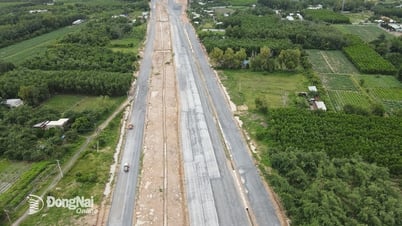





































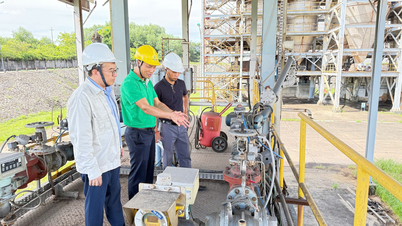






















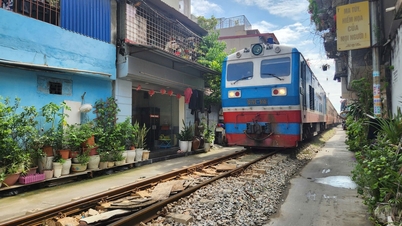

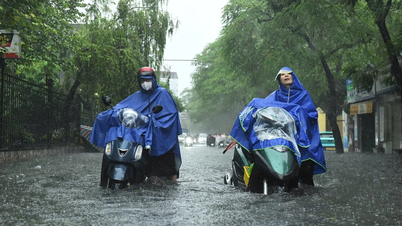

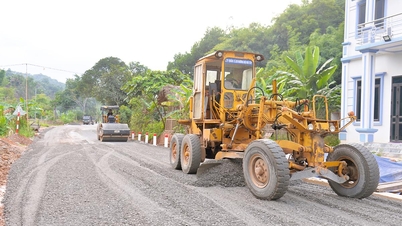








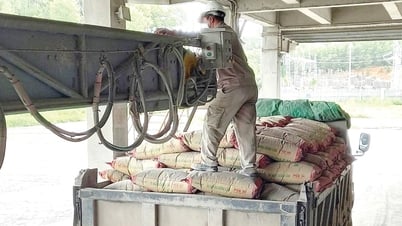









Comment (0)